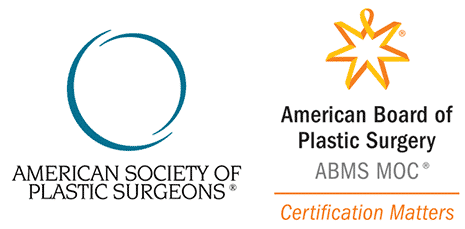 Facelift plastic surgery is an effective and proven procedure to mitigate facial signs of aging, tighten sagging facial muscles, and create a more youthful looking face.
Facelift plastic surgery is an effective and proven procedure to mitigate facial signs of aging, tighten sagging facial muscles, and create a more youthful looking face.
During the pre-operative consultation, the surgeon will explain the various steps involved in the procedure to the patient.
After the patient understands the facelift surgery steps, they are likely to feel more confident and reassured about the procedure.
Modern Body Contouring & Laser Center, led by board certified plastic surgeons Dr. Burton M. Sundin and Dr. Reps B. Sundin, provides facelift to patients in Northern Virginia, Washington DC, Vienna, McLean, Loudoun, Ashburn, Tysons Corner, Reston, Arlington, Chevy Chase, Richmond, Fredericksburg, and surrounding locations.
Anesthesia
The initial step in any significant surgery, such as facelift, will be administering the anesthesia. The surgeon will decide between using general anesthesia or local anesthesia with intravenous sedation beforehand and evaluate the patient’s fitness to undergo general anesthesia prior to the procedure.
An anesthesiologist or a certified anesthetist nurse will administer the anesthesia and remain in attendance in the operating room during the procedure to monitor the patient’s response.
The patient will remain asleep during the surgery and will be brought out of the anesthesia when the procedure is complete.
Placement of Incisions
Upon placing the patient under anesthesia, the facelift surgeon will make the incisions as discreetly as possible to make sure that any future scarring remains inconspicuous. The incisions are usually made within the hairline. The facelift technique that the surgeon uses for the procedure often determines the extent of the incisions.
The surgeon may make smaller incisions in the facial creases as these areas heal more rapidly and hide the scars in a more efficient manner.
In a traditional facelift, the surgeon will make an incision starting behind the hairline on one side of the head, just above the temple. This incision will follow the hairline and extend down to the ear, continuing into the lower scalp beneath the hair.
Muscle and Skin Tightening
Through these incisions, the surgeon will lift the facial skin to excise or redistribute excess fat, tighten sagging muscles, and remove extra facial skin.
They will improve the facial contours and re-drape the skin tautly using staples and sutures. After this, the surgeon will wrap the incision site in a bandage for better healing.
Multiple Procedures with Facelift
At times, the patient may decide to undergo a facelift plastic surgery along with another procedure for more comprehensive outcomes.
The surgeon may perform facial and neck liposuction to remove excess fatty pockets in these areas and enhance the contours of the face.
In addition, the patient may undergo cheek, chin, or lip implants, facial fat transfer, or lip enhancement with soft tissue fillers along with facelift surgery.
Certain patients may also require upper face procedures such as brow lift or eyelid lift to attain more complete and natural looking results. The steps involved in the facelift may vary slightly depending on the additional procedures.
Mini Facelift
A mini facelift targets smaller facial areas. It focuses on the lower cheeks, jaw, and neck. The surgeon will typically make the incisions behind the ear and along the hairline.
They will also eliminate undesirable fatty deposits, lift sagging muscles, and remove excess skin through these incisions. Certain surgeons use endoscopic techniques to perform mini facelifts.
Plastic surgeons at MBody receive patients from Northern Virginia, Washington DC, Vienna, McLean, Loudoun, Ashburn, Tysons Corner, Reston, Arlington, Chevy Chase, Richmond, Fredericksburg, and nearby areas for facelift surgery.
For more information on the surgical and non-surgical procedures and treatments by Board Certified Cosmetic Plastic Surgeons Dr. Reps Sundin and Dr. Burton Sundin please visit
Serving Northern Virginia, Washington DC, Vienna, McLean, Fairfax, Loudoun County, Ashburn, Tysons Corner, Reston, Arlington, Fredricksburg, Chevy Chase, Potomac, Maryland Richmond, VA and surrounding communities.


 The patient can attain excellent
The patient can attain excellent  Over the years, advancements in surgical technologies and techniques have made facelift plastic surgery safer and less invasive.
Over the years, advancements in surgical technologies and techniques have made facelift plastic surgery safer and less invasive. 



